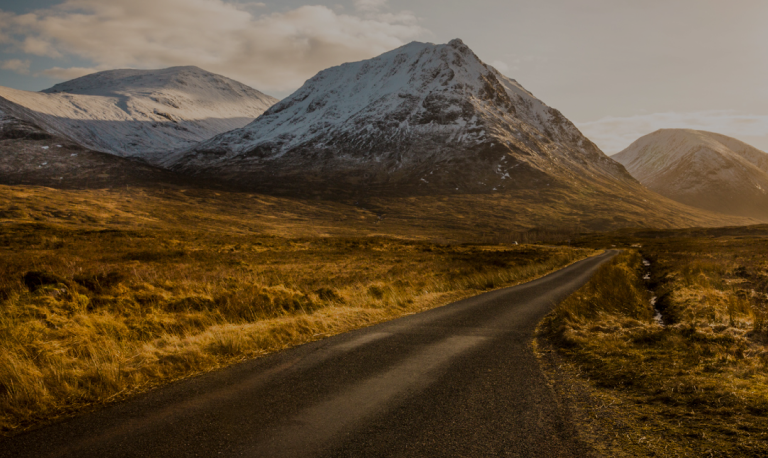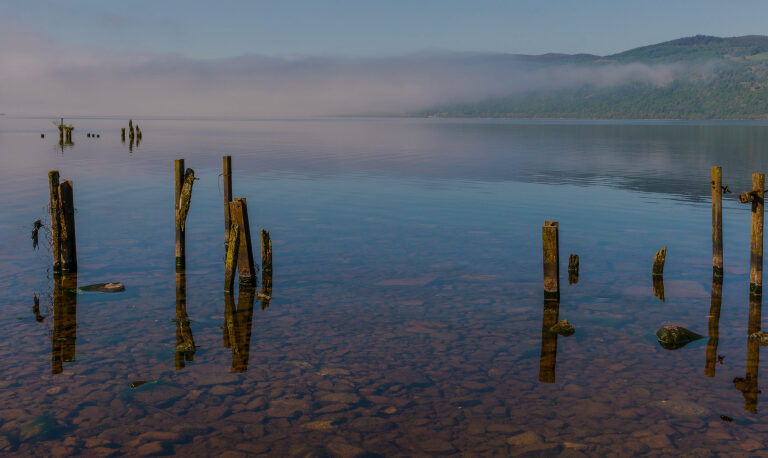Best Rest Days on Hadrian’s Wall Path
Have you ever dreamed of walking alongside the ghosts of Roman soldiers or wandering around remarkably well preserved ancient forts and ruins? Step back nearly two thousand years by exploring the Hadrian’s Wall Path across some of England’s most dramatic countryside.
Commissioned by UNESCO as a World Heritage Site in 1987, this 84-mile pathway stretches coast-to-coast from Wallsend in the east to Bowness-on-Solway in the west. Every step you take has archaeological significance so make sure to take some time off from walking, and treat yourself to some quality sightseeing!
Here are my suggestions for three perfect rest-days to immerse yourself in the former northwest frontier of the Roman Empire.
Chollerford – Chesters Roman Fort
Let’s start in Chollerford, a small village located only a 10 minute walk from Chesters Roman Fort and Museum, perhaps the best-preserved Roman cavalry fort in Britain. The fort was built in AD 124 during the first phase of construction on Hadrian’s Wall, and was aimed to guard the Roman bridge over the North Tyne River.
Ruins and remains from the three-hundred-year life of the fort are showcased at Chesters, and gives you the great pleasure of being thrown back in history. Waiting here is the most complete set of Roman baths in Britain, remains of a five hundred cavalry troop garrison, the headquarters, the Commander’s house, and much more.
Altars, jewellery, and religious artefacts are preserved in the Museum of Roman Finds, not forgetting Chester’s tearoom – a charming rest for weary legs, and a well-deserved afternoon treat!
Once Brewed – Housesteads & Vindolanda Roman Forts
Our second stopover takes us to Once Brewed: a tiny village on the south part of the Northumberland National Park. Popular as a sleeping place for walkers on the Hadrian’s Wall Path, Once Brewed is also the perfect base to start a circular walk leading you to two Roman sites.
First on the list is Housesteads, a former 800-men-strong garrison nested in a wild landscape, the remains of which exhibit some of the oldest toilets in the UK!
Vindolanda, to the south, has a very different feel to other sites along the Wall. Not only a massive frontier fort, but it was also a village that homed generations of soldiers and their families, long before the construction of Hadrian’s Wall itself.
With live excavations taking place every year, hidden stories and unique finds such as the famous ‘writing tablets’ are revealed, unfolding more details of daily life as time goes on.
Carlisle – An Entire Roman City!
Last but not least there is Luguvalium, the capital of Cumbria now better known as Carlisle!
By the mid-second century, Carlisle was one of the most important military bases in Roman Britain. The Romans arrived around 80 AD and established an imposing wooden fort from which they would march north in an attempt to invade “barbarian country”, Scotland. Soon, a civilian settlement grew up nearby and the fort acted as a staging post for the Roman troops, providing support for garrisons on Hadrian’s Wall.
As can well be imagined, a plethora of Roman tales are yet to be discovered in Carlisle. As it would be a shame to leave the city without taking a step into a more recent part of history, stop by the Castle, home to the ‘Licking Stones‘, the red-stoned Cathedral built in 1122, and the Tullie House Museum exhibiting its Roman Frontier Gallery.
This trio of iconic sites will make your journey through time an unforgettable experience.
Lauriane Bourdiau
P.S. Are you inspired to walk the Hadrian’s Wall Path for yourself? We offer packages from 5 to 8 days including carefully selected accommodation, baggage transfers, and guidebook/map.


